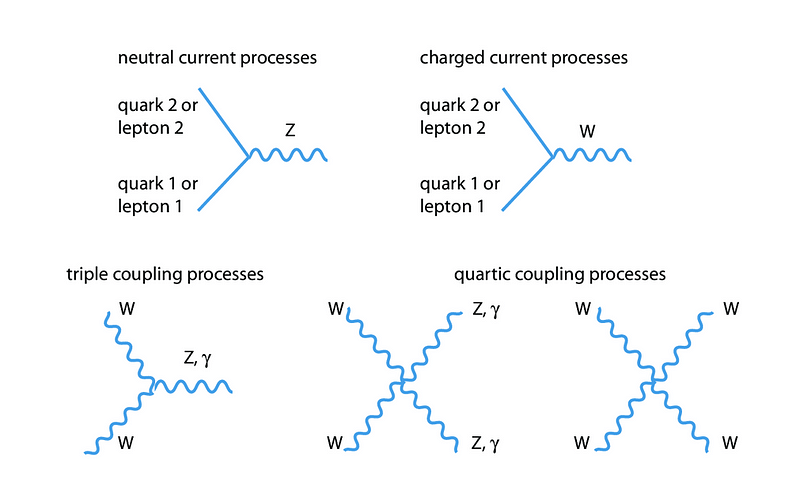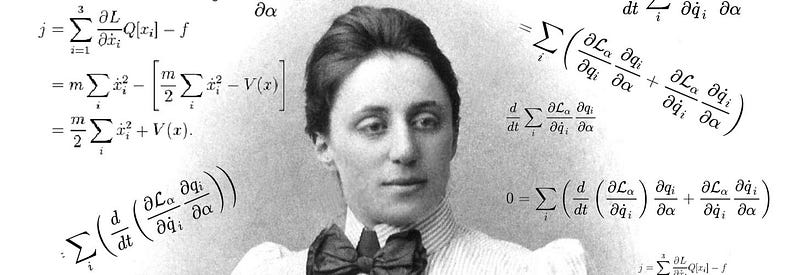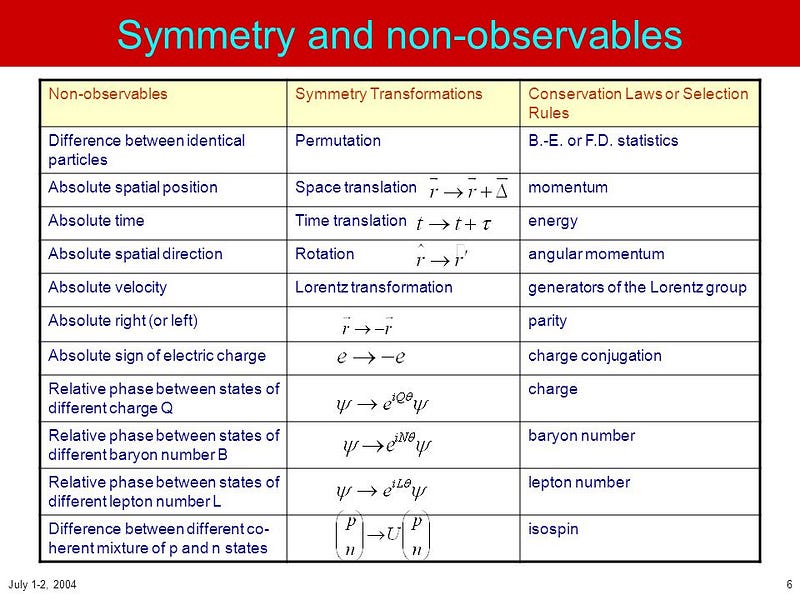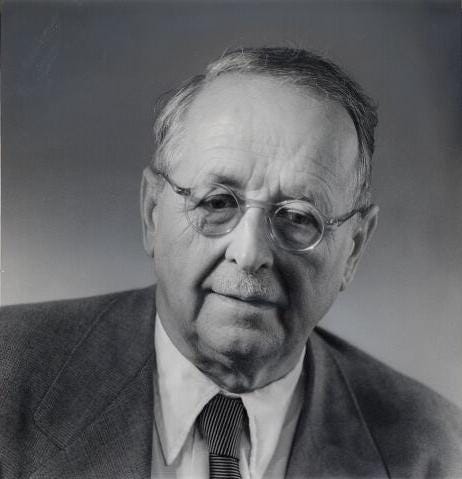The Fascinating Principle of Gauge Invariance in Physics
Written on
Chapter 1: Understanding Gauge Invariance
Gauge invariance is a remarkable yet often overlooked principle that fundamentally shapes our understanding of the physical universe. It dictates how various entities interact, leading to the emergence of all other phenomena. This principle is incredibly predictive, and I believe it deserves wider recognition—ideally by high school students or perhaps even younger.

The interactions between entities are complex, but gauge invariance provides a framework to predict these interactions. It was a revelation for me during my fourth year of university while working on my physics thesis in the late 1980s. Gauge invariance implies that for each fundamental force, if the symmetry of the interaction-free theory is enforced locally, the mathematical framework derived from this symmetry determines the precise nature of the force.
This means that we can derive the force without needing experimental validation (though, in practice, observations often guide us). The interaction forms proposed by gauge invariance consistently match reality with remarkable precision. For instance, it allows us to understand how electrons and photons interact, revealing that gauge invariance can even predict the existence of particles like the photon.
The universality of gauge invariance extends to all four fundamental forces:
- Gravity
- Electromagnetism
- Weak nuclear interactions (responsible for certain particle decays)
- Strong nuclear force (which holds atomic nuclei together)
I was astonished to discover the truth of gauge invariance only in my later years of study. This discovery inspired me to delve deeper into particle physics, despite my initial lack of interest. My journey in this field was shaped by the realization that much of the Standard Model was already established, leaving little room for new discoveries. Nevertheless, gauge invariance remains one of the most profound revelations I encountered.
Chapter 2: The Legacy of Noether's Theorem
In 1915, the mathematician Emmy Noether established a groundbreaking connection between conservation laws and symmetries in nature. Her theorem states that each conservation law corresponds to a symmetry: the invariance of physical laws under spatial translation relates to the conservation of momentum, while temporal invariance corresponds to the conservation of energy.

The implications of Noether's theorem are profound and far-reaching, laying the foundation for the understanding of gauge invariance.
Section 2.1: Weyl's Proposition
Hermann Weyl, in 1918, introduced the notion of gauge invariance as an extension of the invariances present in general relativity. He posited that the specific scale of space is irrelevant to physical laws, thus leading to the concept that local transformations can give rise to new interactions.

This local gauge invariance revolutionized quantum physics by suggesting that one could add new mathematical terms to ensure invariance, ultimately leading to the identification of new forces linked to these symmetries.

Section 2.2: Non-Abelian Gauge Theories
The exploration of gauge invariance led to the development of non-Abelian theories, which are more complex due to the interactions among gauge bosons. Yang and Mills pioneered this area in 1954, attempting to model strong interactions based on symmetries between particles.

Their work set the stage for later successes in particle physics, particularly in understanding weak interactions.
The second video provides an accessible overview of gauge invariance, breaking down its significance in simpler terms.
Section 2.3: The Higgs Mechanism
The discovery of the Higgs mechanism further solidified the role of gauge invariance in particle physics. This mechanism explains how particles acquire mass, linking it to the underlying symmetries of the universe. The interplay between gauge invariance and the Higgs field led to the prediction of particles that were later confirmed experimentally.

The implications of gauge invariance and the Higgs mechanism are monumental, shaping our understanding of the fundamental forces and particles that govern the universe.
In summary, gauge invariance serves as a cornerstone of modern physics, providing a framework for understanding the interactions of fundamental forces. Its profound implications continue to guide research and inspire future discoveries in the realm of particle physics.